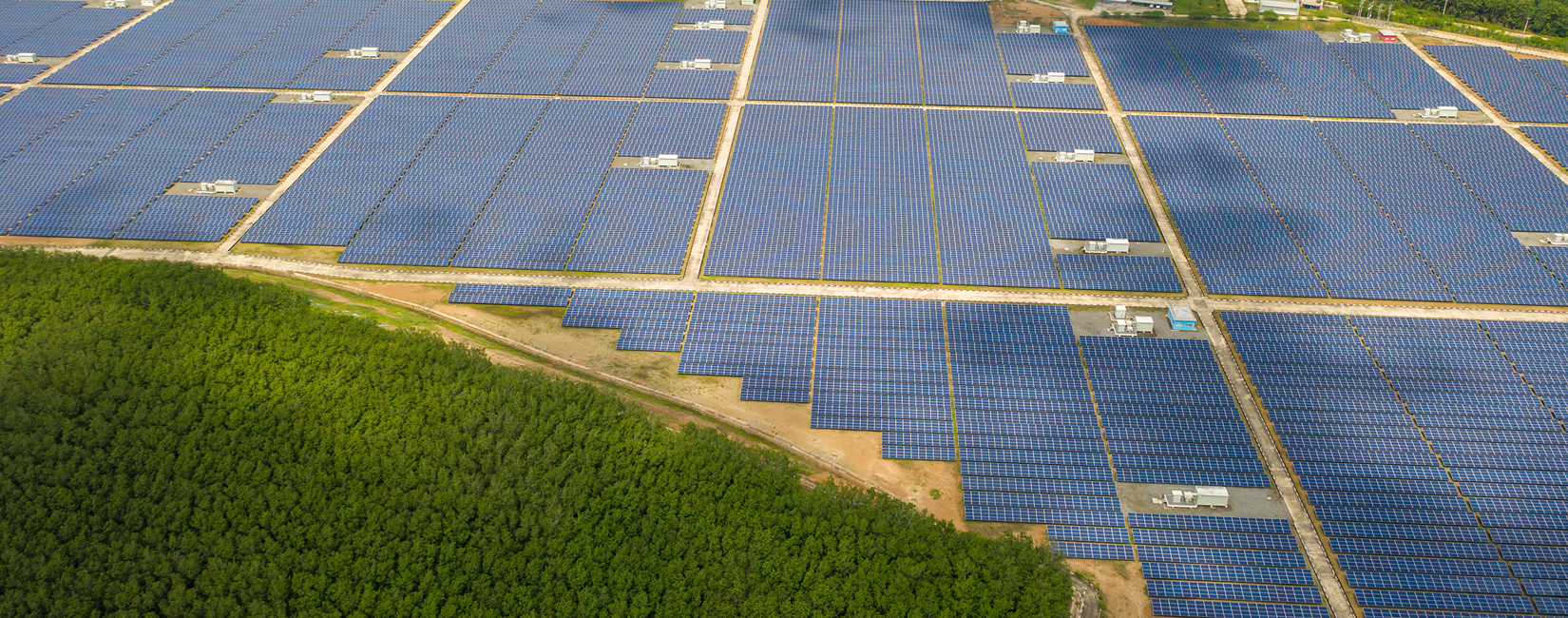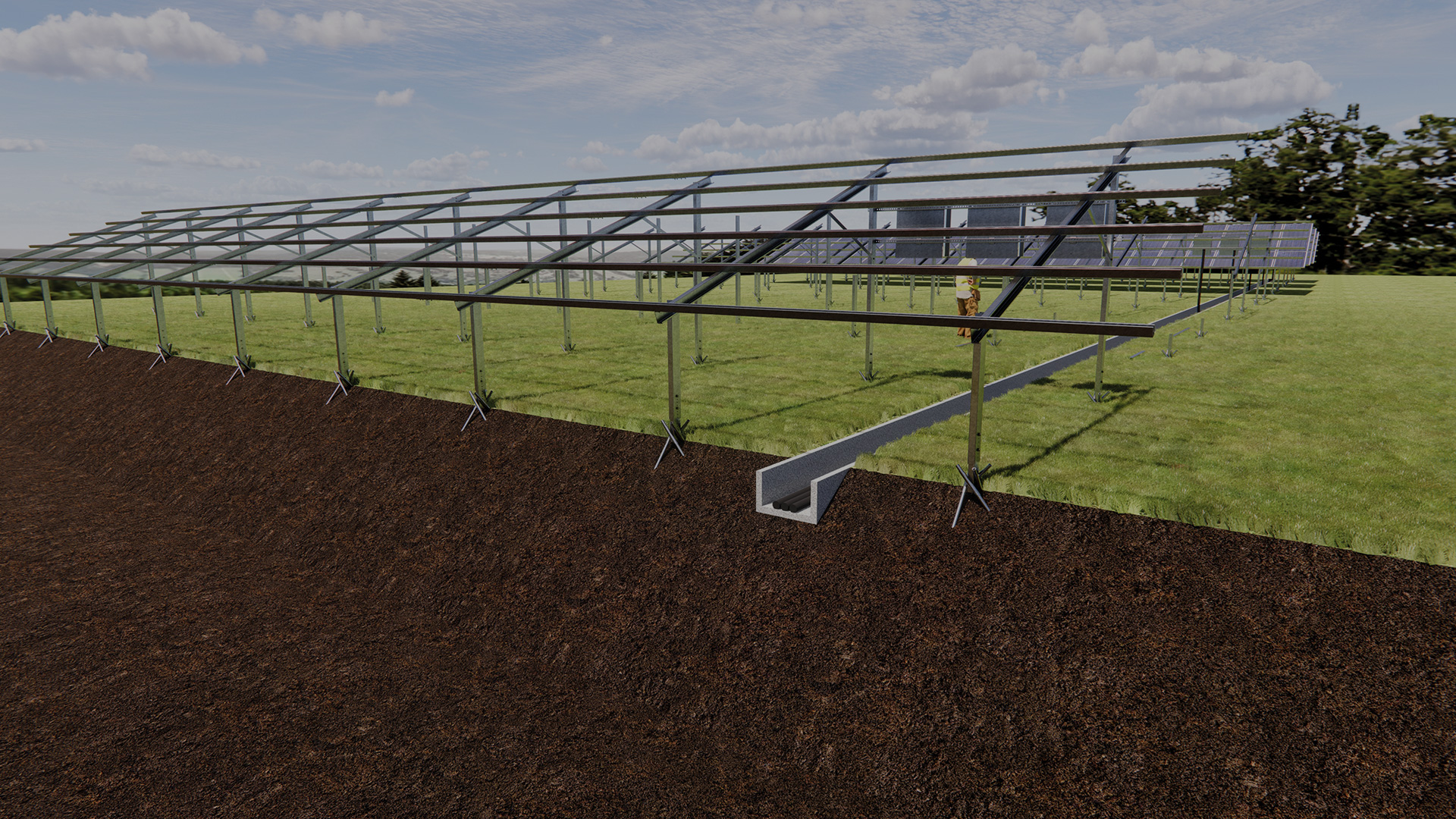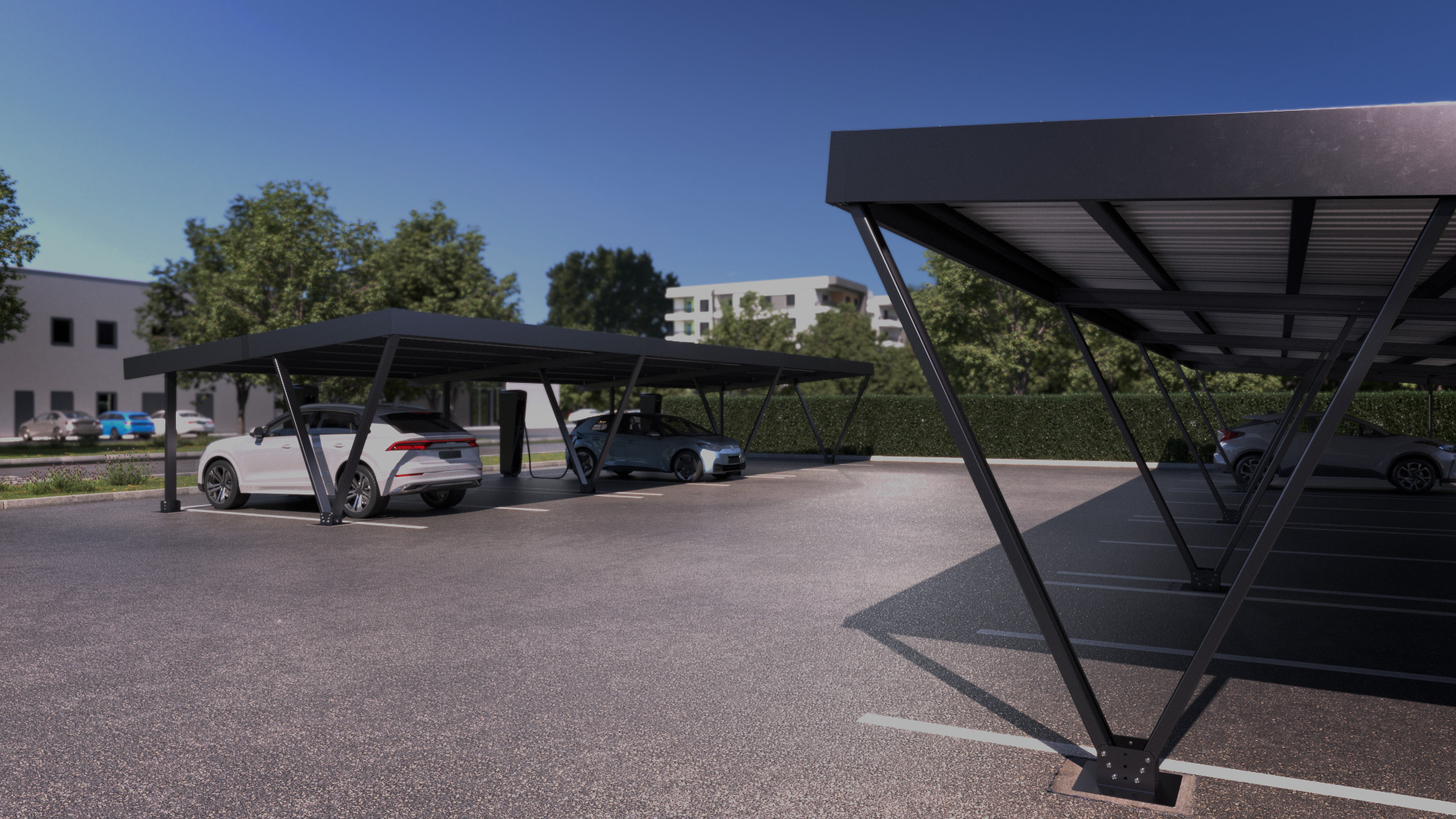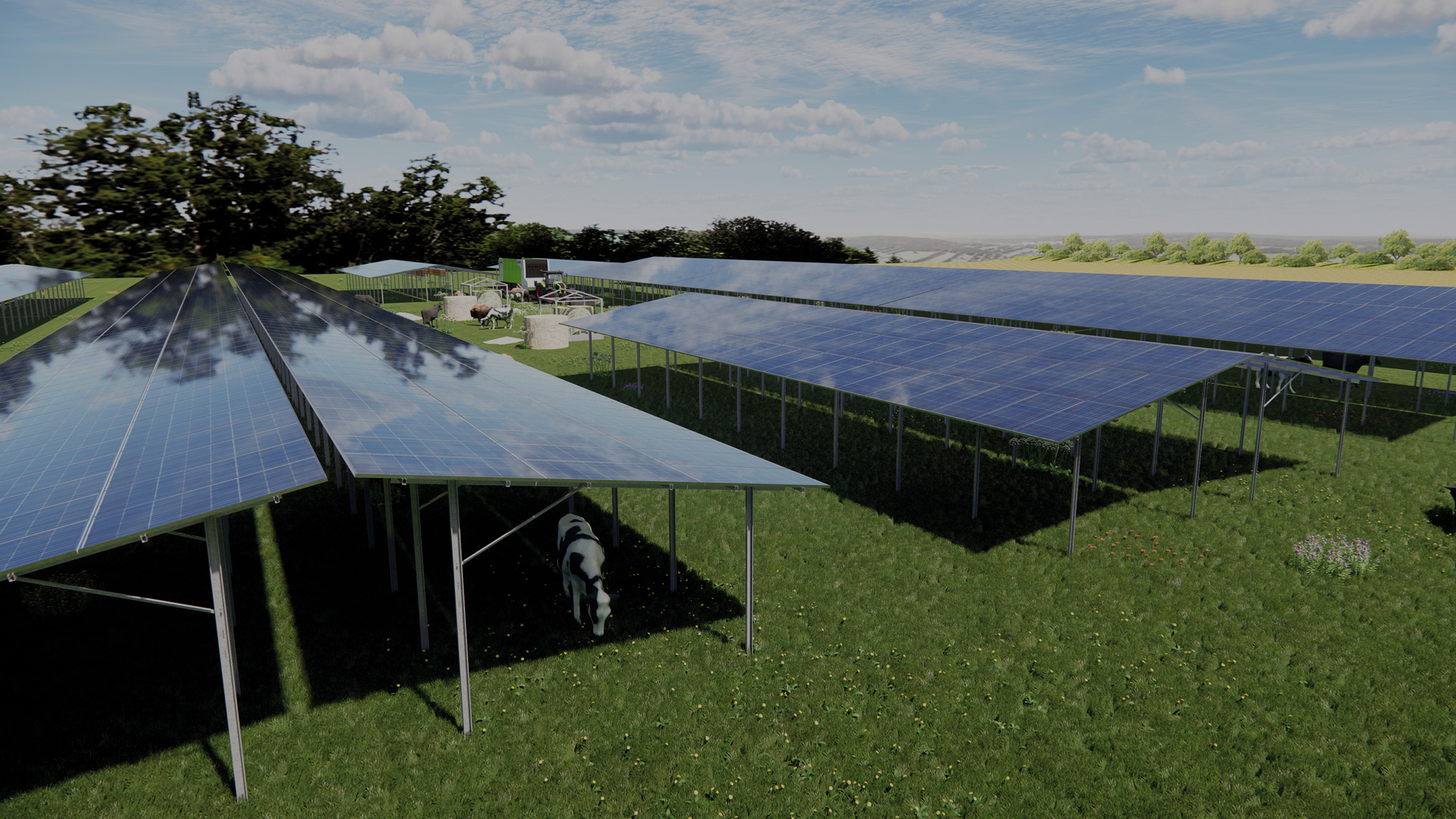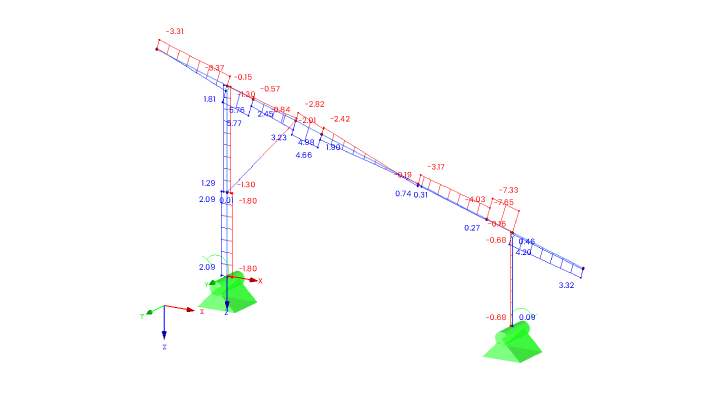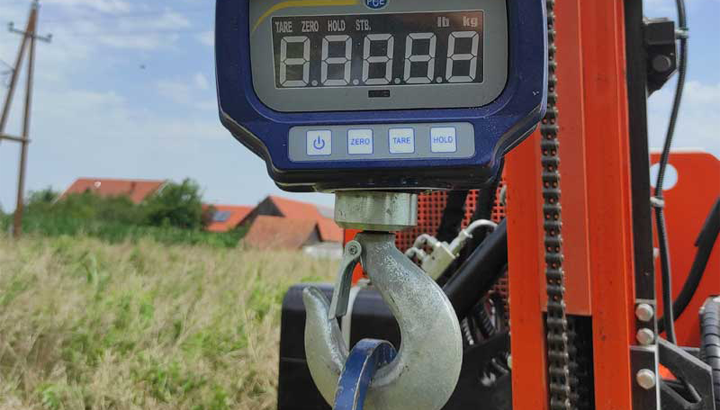
Important plans
The planning of ground-mounted and agricultural photovoltaic systems (PV systems) is a demanding process that must be tailored to the specific requirements and needs of the user. This process includes the creation of occupancy plans and pile-driving plans as well as the optimal utilisation of space and the consideration of individual wishes. It is important to harmonise the agricultural use of the land, the technical requirements and the economic aspects.
Occupancy plans
The creation of layout plans is an essential step in the planning of ground-mounted PV systems. A layout plan shows the arrangement and placement of the solar modules on the available area.
- Optimising the use of space: The layout plan should make optimum use of the available space to ensure maximum energy yield. The distances between the rows of modules are planned in such a way that there is no mutual shading and solar radiation is maximised.
- Consideration of obstacles: When planning ground-mounted PV systems, just as in agriculture, natural and artificial obstacles such as trees, buildings, paths and supply lines must be taken into account.
- Integration with agricultural use: When planning agrivoltaic systems, the layout plan must take into account the agricultural use of the land. This can include the arrangement of the modules at a certain height above the ground or the creation of passages for agricultural machinery.
Piling plans
Piling plans are crucial for the safe and stable anchoring of the substructure of the PV system in the ground. These plans show the position and depth of the pile-driven foundations that support the solar modules.
- Ground conditions: The piling plan must take into account the nature of the ground. Different types of soil require different foundations. Geological surveys are often necessary to determine the ground conditions.
- Stability and safety: The pile foundations must be designed to meet the static requirements and withstand wind and snow loads.
- Efficient installation: A well thought-out piling plan makes installation easier and reduces construction time and costs.

Land utilisation
- Dual use: In agriculture, the combination of energy generation and agricultural use (agri-photovoltaics) offers the opportunity to maximise land use. This can be done by placing the modules in a way that allows crops to be grown or livestock to graze.
- Environmental compatibility: The planning should also take into account the impact on the environment. This includes measures to protect flora and fauna and prevent soil erosion.
- Long-term planning: The land use should be planned in such a way that future extensions or changes are possible without affecting the existing agricultural use or the performance of the PV system.
Individual wishes
Every PV project is unique and must be tailored to the individual wishes and needs of the user.
- Customised solutions: Planning must be flexible enough to take into account special customer requirements and wishes. This can include the integration of special technologies or the customisation of the design to suit aesthetic preferences.
- Economic considerations: Planning should take into account the customer's economic objectives. This includes maximising energy production and minimising costs.
- Sustainability: Individual wishes with regard to sustainability and environmental impact should also be taken into account. This can include the selection of environmentally friendly materials or the implementation of measures to promote biodiversity.
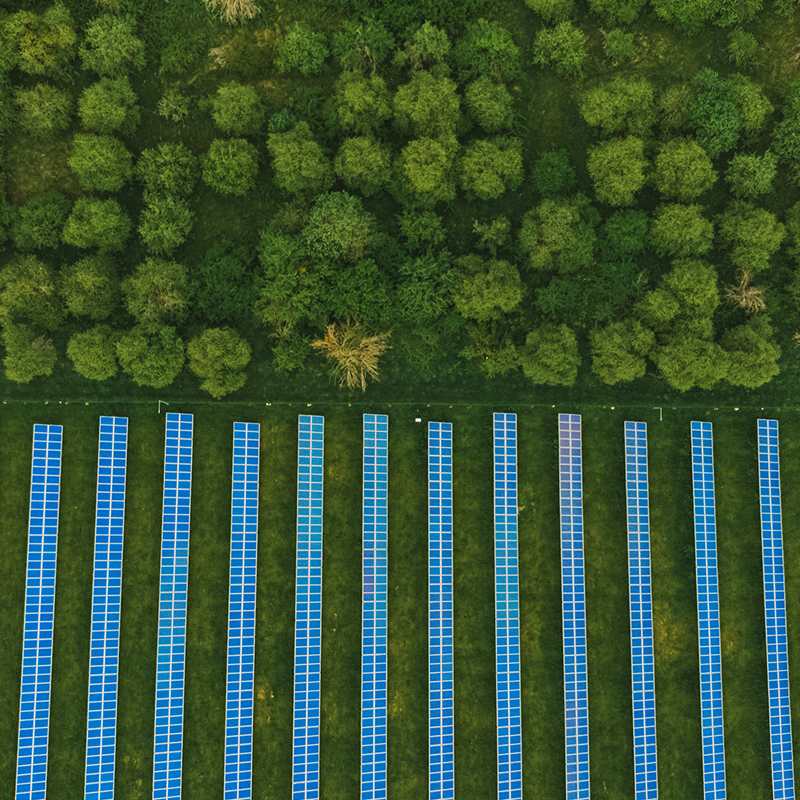
Preparation
The planning of ground-mounted and agricultural photovoltaic systems requires comprehensive and detailed preparation. Layout plans, pile-driving plans and efficient land utilisation are crucial to the success of a PV project. Taking individual wishes into account ensures that the system meets the customer's specific requirements and objectives. Through careful and customised planning, PV systems can be optimally utilised to ensure a sustainable and economically viable energy supply.
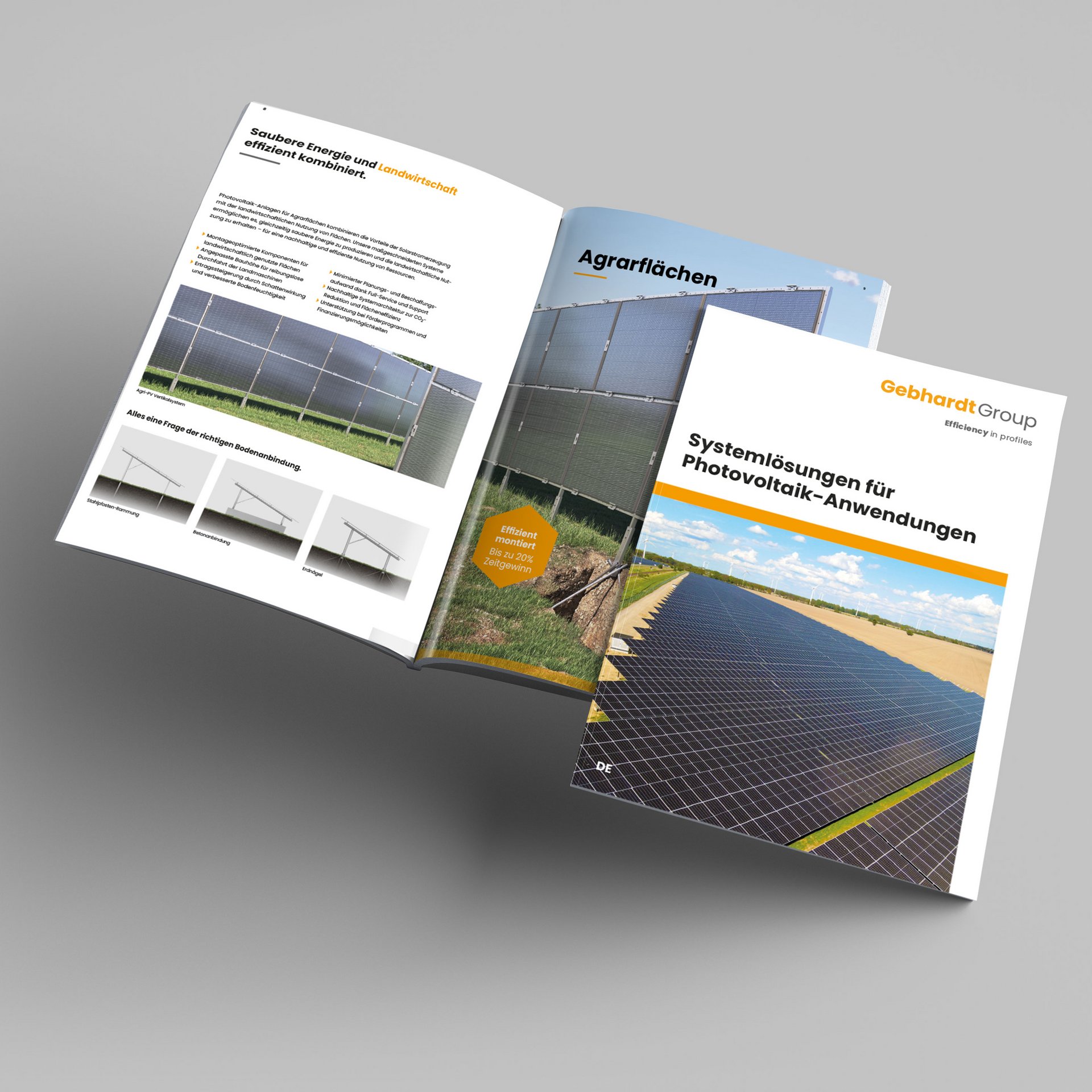
Innovative PV solutions at a glance
Take a look at our latest solutions for installing photovoltaic systems. Whether for facades, agricultural applications or ground-mounted systems, our well-designed mounting systems enable fast, safe and economical implementation. Thanks to modular concepts and high-quality materials, our systems can be flexibly adapted to a wide range of applications.
